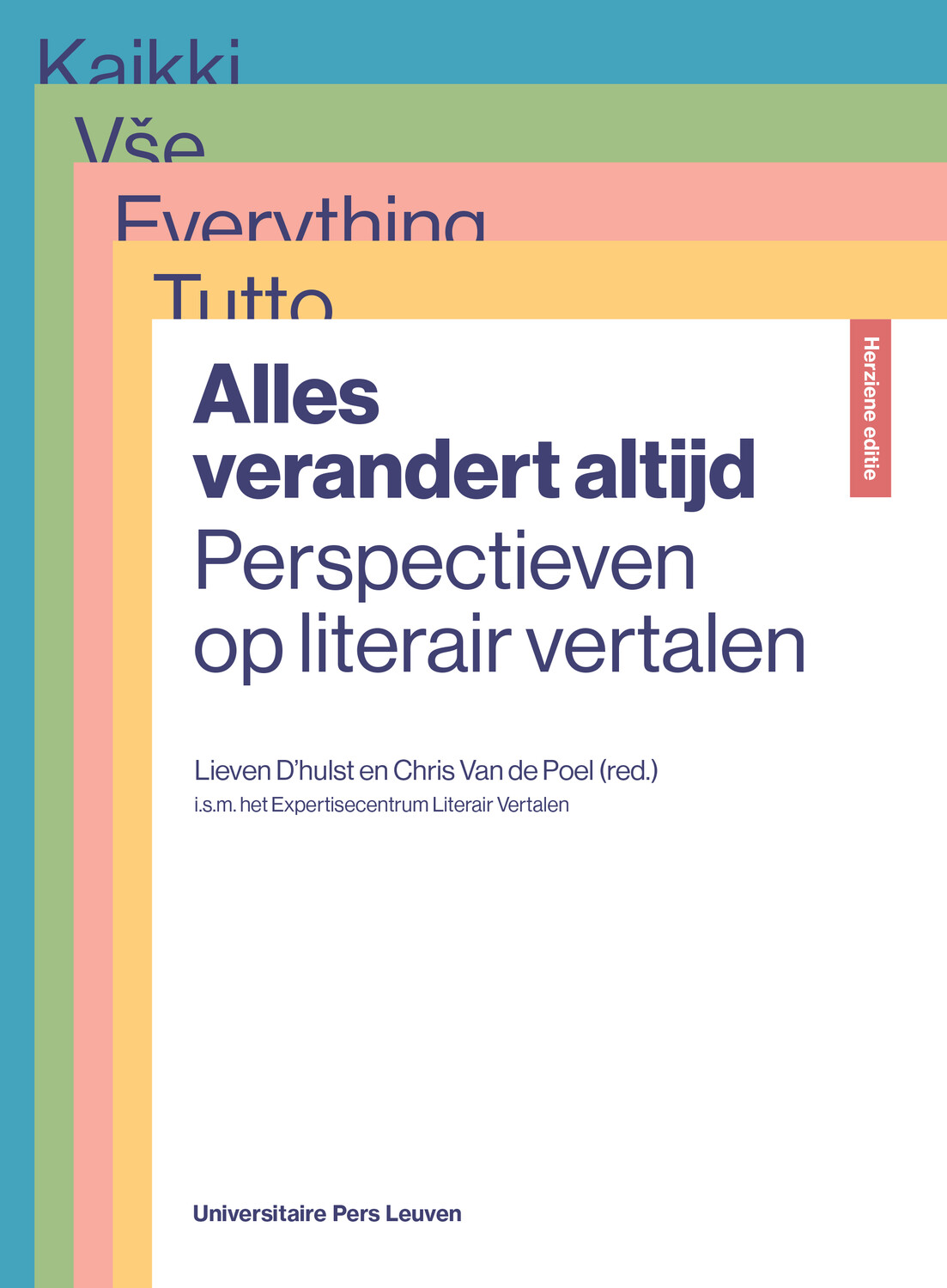“Many policy makers and scholars strive for more participatory or co-creative methods, but these methods are not always evaluated, and certainly not when applied to specific groups, such as migrants.”
How do co-creative methods contribute to efforts to understand and facilitate integration processes of migrants in migrant societies? Co-creation in Migration Studies aims to analyse the use of co-creative methods in migrant research and policy making, to reflect on the conditions necessary to successfully implement these methods, and to offer new insights and recommendations for future research and policy making practices. Editor Lore Van Praag shares some insights from behind the scenes and talks about what this project entails.
Briefly and concisely explain in plain language what the book is about.
In this book, we focus on how co-creative methods have been applied in migration studies and evaluate their usage.
What or who inspired you to choose this topic?
I was part of the European funded project MICADO, where we developed the research design for the project. While doing so, it became clear that many policy makers and scholars strive to use more participatory or co-creative methods, but that these methods are not always evaluated, and certainly not when applied to specific groups, such as migrants.
Do you have any reading suggestions to share (books, blogs, journals, ...) for anyone who wants to know more about the subject?
Navigate through the following website: https://ccn.waag.org/navigator/
How did the writing process for this book go? Did you experience anything surprising, amusing or strange?
We noticed that many research projects apply similar approaches and aim to create more equal relationships between researchers and their target groups, but that many fail to realise this central objective. The idea is certainly very attractive, but in practice, it is often not fully implemented, resulting in more traditional research projects and relationships.
What would you like readers to remember about your book?
In order to establish a true egalitarian relationship between the target group and the researchers, more efforts are needed to change research designs and prevailing thinking in academia and policy-making. New approaches and funding schemes are required to fully realise co-creation and participation of research participants – especially migrants and their descendants.

Co-creation in Migration Studies
The Use of Co-creative Methods to Study Migrant Integration Across European Societies
Edited by Lore Van Praag
paperback, ebook










































